Takashi Hosoda was in a Tokyo skyscraper when the 9.0 magnitude quake struck on March 11, 2011, but the trained architect was “not particularly worried” as modern Japanese buildings are designed to protect their occupants.
A century after Tokyo was destroyed in the Great Kanto Earthquake of 1923, the Japanese capital today bears no resemblance to the city levelled by that 7.9 tremor, which killed 105,000 people.
The low-rise, largely wooden city that was destroyed a second time by US firebombing during World War II has been replaced by a soaring megalopolis where reinforced concrete is king.

Photo: AFP
The Sept. 1, 1923, disaster marked “the dawn of seismic design of structures in Japan,” said Yoshiaki Nakano, an earthquake engineering expert from the National Research Institute for Earth Sciences and Disaster Resilience.
The following year Japan introduced its first building code for earthquake-resistant construction.
These standards have been constantly expanded since then, drawing on lessons from other major tremors in the archipelago, which accounts for around 10 percent of the world’s earthquakes.
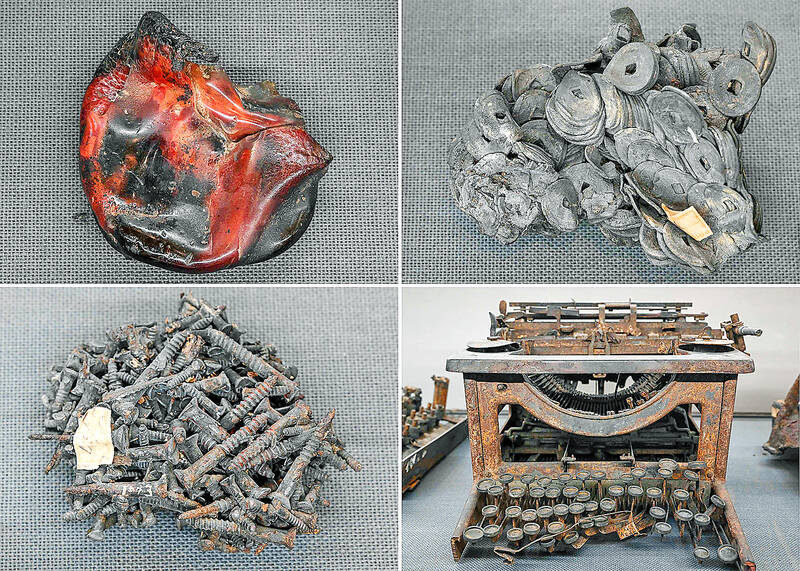
Photo: AFP
Japan’s seismic building code is one of the most stringent in the world, Nakano said.
“Basically, the Japanese building requires a relatively higher strength” than elsewhere, he said, stressing the importance of meticulous monitoring of compliance.
“The system to supervise and check the design and the construction on-site is a very key factor to ensure the quality of the structure, the performance of the building during earthquakes,” he said.
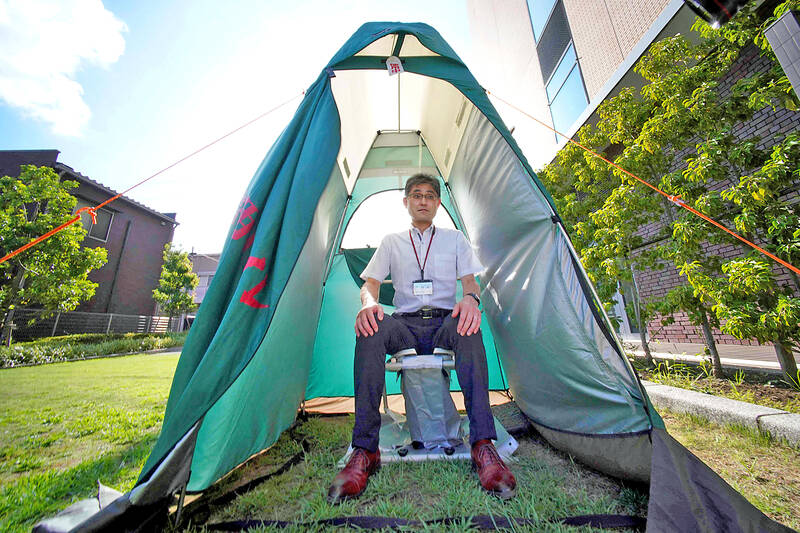
Photo: AFP
The 2011 earthquake triggered a deadly tsunami along the northeast coast but in Tokyo the damage was limited: high-rise towers oscillated alarmingly for several minutes but did not topple.
SKYSCRAPER SHOCK ABSORBERS
Early basic reinforced structures have been adapted with more sophisticated seismic safety measures found in modern towers.
Massive soft rubber cushions are installed under the foundations to isolate them from ground vibrations; shock absorbers are distributed throughout the floors; and some even have pendulums weighing several hundred tons installed at the top to counteract the movement of the building during a quake.
Built in 2014 and rising 247 meters above the city, the Toranomon Hills Mori Tower is fitted with such seismic anti-vibration systems, including 516 oil dampers, each comprising a thick cylinder 1.7 meters long.
“It stretches and shrinks repeatedly in case of an earthquake. It then starts getting warm, which means the energy of the quake transforms into heat and gets released,” said Kai Toyama, a structural engineering official at real estate giant Mori Building. “As a result, the tremor of the whole building can be controlled.”
After the Kobe earthquake in 1995 left more than 6,000 dead, emphasis was also placed on strengthening earthquake resistance standards for new wooden houses and upgrading older buildings dating from before the last major overhaul of the building code in 1981. The Great Kanto Earthquake of 1923 was also “a wake-up call to Japan,” Nakano noted. “Not only the engineers but also for people.”
Since 1960, Japan has marked Sept. 1 as national Disaster Prevention Day.
Every year on that day, countless schoolchildren, employees and civil servants — including the entire government — carry out simulation exercises in preparation for a major earthquake.
In Japan, many people stock emergency supplies at home, as do businesses and local governments. As of April 1, local authorities in Tokyo have stockpiled 9.5 million instant meals (comprising rice, noodles and biscuits) in about 400 warehouses.
STILL VULNERABLE
These precautionary measures were intensified after the 2011 earthquake, which caused huge traffic jams in Tokyo and the suspension of public transport, preventing millions of people from returning home, said Hosoda, now head of disaster management at Mori Building. Despite all these efforts, some experts say Tokyo remains vulnerable to earthquakes, and even more to other natural disasters such as floods.
The eastern districts of the capital are built on unstable and flood-prone soils, and there are still concentrations of old wooden dwellings attached to each other.
Post-war rebuilding of Tokyo was “anarchic” and “prioritized economic development and not the construction of a resilient city,” seismologist Masayuki Takemura lamented during a recent press conference.
He also pointed to an “excessive concentration of skyscrapers” and the construction of residential areas on artificial islands, increasing their risk of isolation in the event of a natural disaster.
And experts say there is a 70 percent chance of a major earthquake hitting Tokyo within the next 30 years.
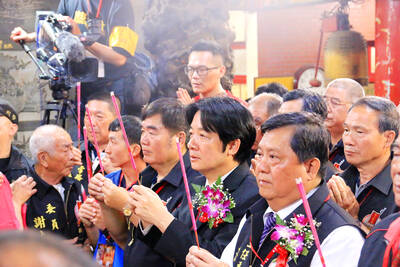
The Democratic Progressive Party (DPP), Chinese Nationalist Party (KMT), and the country’s other political groups dare not offend religious groups, says Chen Lih-ming (陳立民), founder of the Taiwan Anti-Religion Alliance (台灣反宗教者聯盟). “It’s the same in other democracies, of course, but because political struggles in Taiwan are extraordinarily fierce, you’ll see candidates visiting several temples each day ahead of elections. That adds impetus to religion here,” says the retired college lecturer. In Japan’s most recent election, the Liberal Democratic Party lost many votes because of its ties to the Unification Church (“the Moonies”). Chen contrasts the progress made by anti-religion movements in
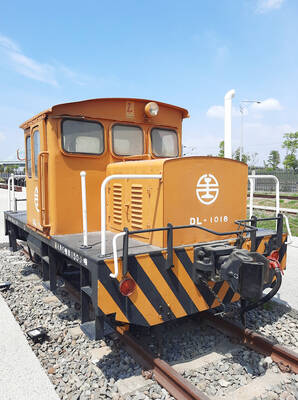
Taiwan doesn’t have a lot of railways, but its network has plenty of history. The government-owned entity that last year became the Taiwan Railway Corp (TRC) has been operating trains since 1891. During the 1895-1945 period of Japanese rule, the colonial government made huge investments in rail infrastructure. The northern port city of Keelung was connected to Kaohsiung in the south. New lines appeared in Pingtung, Yilan and the Hualien-Taitung region. Railway enthusiasts exploring Taiwan will find plenty to amuse themselves. Taipei will soon gain its second rail-themed museum. Elsewhere there’s a number of endearing branch lines and rolling-stock collections, some

Last week the State Department made several small changes to its Web information on Taiwan. First, it removed a statement saying that the US “does not support Taiwan independence.” The current statement now reads: “We oppose any unilateral changes to the status quo from either side. We expect cross-strait differences to be resolved by peaceful means, free from coercion, in a manner acceptable to the people on both sides of the Strait.” In 2022 the administration of Joe Biden also removed that verbiage, but after a month of pressure from the People’s Republic of China (PRC), reinstated it. The American
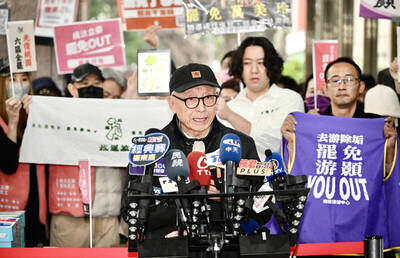
This was not supposed to be an election year. The local media is billing it as the “2025 great recall era” (2025大罷免時代) or the “2025 great recall wave” (2025大罷免潮), with many now just shortening it to “great recall.” As of this writing the number of campaigns that have submitted the requisite one percent of eligible voters signatures in legislative districts is 51 — 35 targeting Chinese Nationalist Party (KMT) caucus lawmakers and 16 targeting Democratic Progressive Party (DPP) lawmakers. The pan-green side has more as they started earlier. Many recall campaigns are billing themselves as “Winter Bluebirds” after the “Bluebird Action”